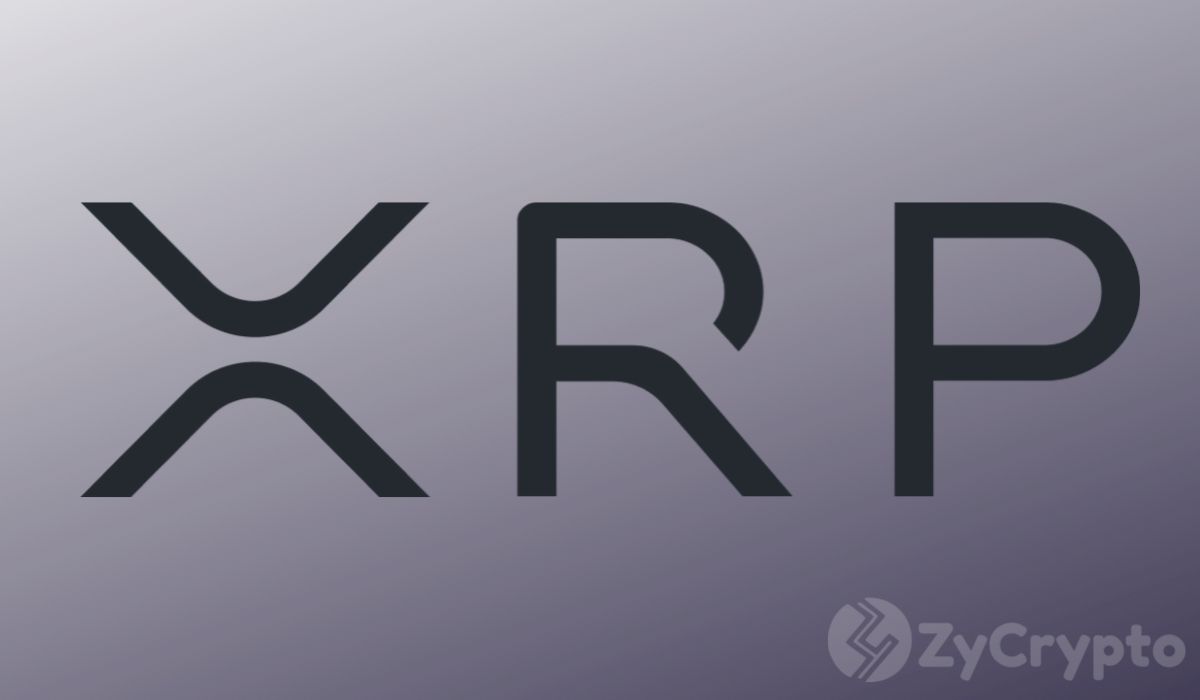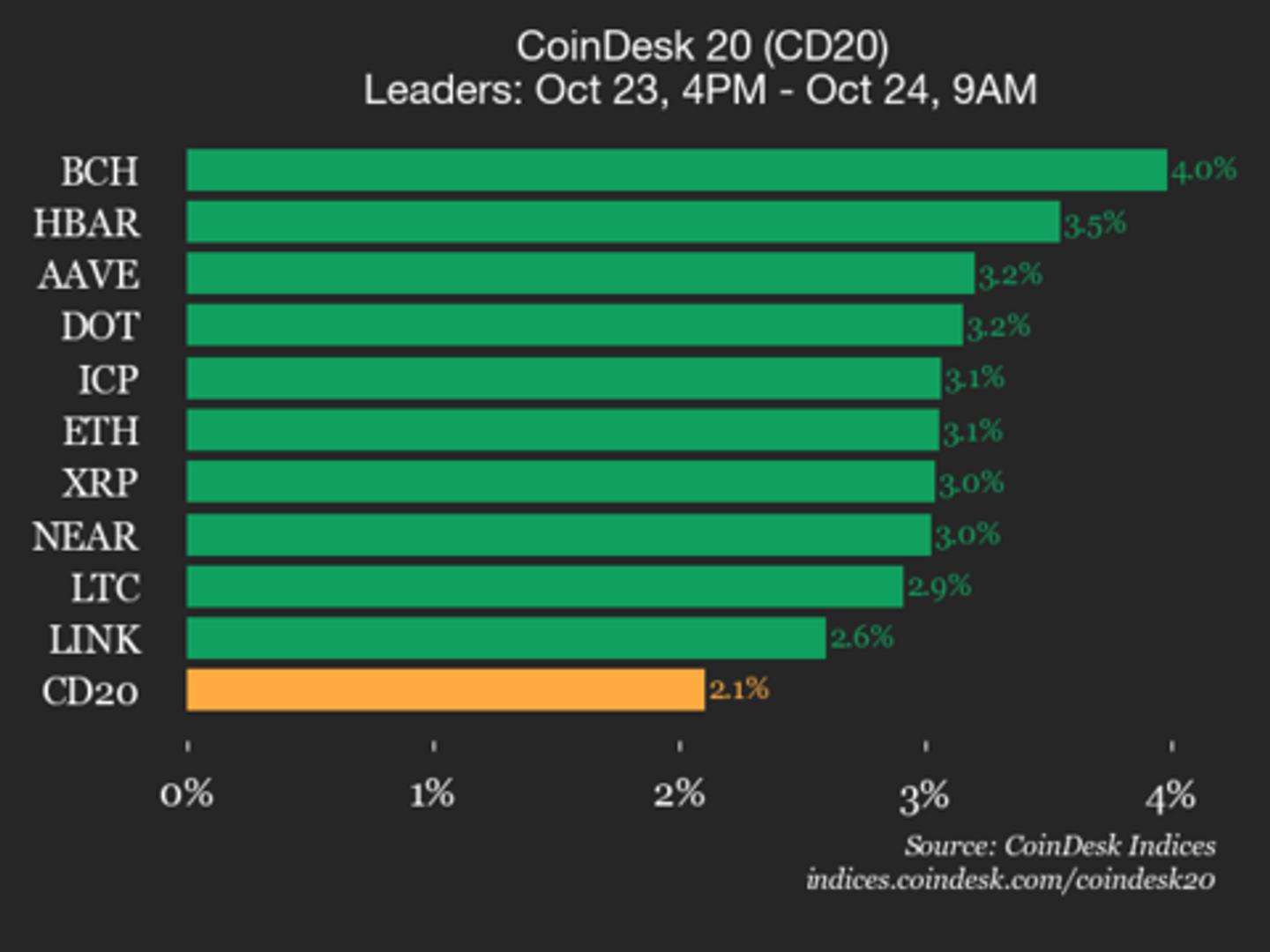Bitcoin hodlers are feeling the pinch this week as on-chain data reveal a surge in coins flowing into exchanges—especially Binance—while institutional vehicles, including U.S. spot Bitcoin ETFs, record significant redemptions. What began as profit-taking around the $120,000 mark has morphed into a broader capitulation among both short-term speculators and whale-level holders. Yet beneath the surface, key supply metrics and network health indicators still point to a structural bull framework. Here we break down the on-chain behavior, exchange dynamics, technical thresholds and macro drivers to help you navigate what may become a protracted consolidation phase or the setup for the next leg higher.
Short-Term Holder Realized Losses Spike
On August 1, addresses classified as short-term holders (coins held fewer than 155 days) sent a staggering 40,200 BTC ($111,843.00) to exchanges at a net loss—the highest single-day tally since mid-July. Realized loss among this cohort has risen by over 15 percent in the last fortnight, signaling a capitulation akin to prior pullbacks in April and May. When short-term holders bleed, it often foreshadows a period of dampened volatility but also traps late-cycle buyers at a loss, creating friction for any rapid upside recovery.
At the same time, the net position change metric for long-term holders (coins held over one year) shows only marginal outflows, suggesting that the most seasoned hodlers remain largely unconcerned. Their reluctance to offload en masse has so far mitigated total selling pressure, keeping overall exchange net inflows at a manageable level relative to past corrections.
Reversal of a Multi-Month Downtrend
Since early July, the 30-day moving average of daily Bitcoin deposits into Binance has climbed steadily from roughly 5,300 BTC to nearly 7,000 BTC. This uptick marks a clear break from the subdued exchange flows observed between March and June, when bullish sentiment kept inflows in a gradual downtrend. On July 25 alone, Binance recorded over 8,200 BTC deposited, the highest single-day volume so far this quarter.
As the world’s largest spot venue, Binance’s flow data serve as a reliable barometer for market psychology. Increasing inflows here typically presage rising sell-side liquidity, where both retail and institutional players prepare to convert digital assets into fiat or stablecoins. Traders should watch for inflow momentum: if the 30-day average breaches 7,500 BTC, it could signal a deeper correction extending beyond the near-term support at $110,000.
ETF Outflows Intensify Selling Pressure
On the institutional side, U.S. spot Bitcoin ETFs posted $812 million in net outflows on August 1—the second-largest single-day withdrawal since their inception. The lion’s share came from flagship funds: Fidelity’s FBTC saw roughly $330 million redeemed, while ARK ($40.30)’s ETF recorded about $325 million in redemptions. Even Grayscale’s and BlackRock’s vehicles experienced meaningful outflows, indicating that profit-taking has broadened beyond retail speculators into large, regulated asset pools.
When ETFs see redemptions, issuers must sell spot BTC to meet investor demand for cash, adding another layer of selling volume directly into exchange order books. This dynamic amplifies volatility and can exacerbate drawdowns, especially during lower-liquidity periods such as weekends.
Supply Squeeze vs. Exchange Activity
Despite the surge in exchange deposits, not all metrics are pointing bearish:
- Fund Flow Ratio (exchange inflows ÷ total network volume) has dipped to 0.053, suggesting a relatively small proportion of on-chain transactions are being funneled into exchange order books.
- Stock-to-Flow Ratio, a measure of scarcity against incoming supply, remains elevated at 646, near levels last seen during the previous halving-induced bull cycles.
- HODL Wave Analysis shows that UTXOs aged over one year climbed by 1.8 percent in July, indicating accumulation among longer-term stakeholders.
These patterns imply that while a subset of holders are exiting, the broader network continues to exhibit supply tightness and demand accumulation beneath the surface.
Key Support and Resistance Zones
From a charting perspective, Bitcoin has oscillated between $110,000 (major demand cluster) and $117,000 (overhead supply cap) over the past three weeks:
- $114,000–$115,000: Short-term resistance zone, where prior failed breakouts attracted stop-loss liquidity.
- $112,000: Psychological pivot and four-hour 200-period moving average.
- $110,000: Critical demand zone; a decisive break on elevated volume could accelerate a drop toward $105,000.
- $120,000: Next upside target if bulls regain control above $117,000.
In the event of a sustained bearish rollover, one could expect a revisit of on-chain UTXO clusters between $100,000 and $105,000, areas that saw heavy accumulation during the post-halving shakeout.
Elevated Profit-Taking Probability
Our in-house risk framework flags two key gauges:
- MVRV Z-Score (market value vs. realized value): Currently at 2.3, above the historical 2.0 threshold that often aligns with medium-term price consolidations and profit-taking windows.
- Weekly RSI (Relative Strength Index): Resting near 65, well below extreme overbought readings near 80, but elevated relative to neutral territory—indicating limited fuel for a sustained breakout without fresh capital inflows.
Additional indicators, such as negative funding rates on perpetual futures (around –0.02 percent daily) and a narrowing basis (spot-future spread) down to 3 percent, underscore a mild bearish sentiment among derivatives traders.
Rate Outlook and Treasury Allocations
On the macro front, Federal Reserve signals of potential rate cuts in Q4 2025 continue to shine a long-term bullish light on risk assets, including Bitcoin. Concurrently, an increasing number of corporate treasuries—spanning technology firms to payment processors—have begun modest allocations, with average initial positions representing 0.5–1 percent of total reserves.
However, geopolitical uncertainties and bank lending data hint at a slower recovery in broader credit conditions. Should credit contraction persist into autumn, we could see a risk-off impulse that further pressures crypto markets before the Fed’s easing cycle materializes.
Deeper Correction vs. Shallow Consolidation
Two primary market pathways have emerged:
- Deeper Correction (30–40 percent drawdown)
If whales persistently deposit large blocks into exchanges—sustaining a Whale Deposit Ratio above 0.6—and ETF redemptions remain elevated, Bitcoin may breach $110,000 and sweep down toward $90,000–$95,000. There, lower on-chain supply concentrations and historically strong demand zones could stem outflows and set the stage for a renewed accumulation phase. - Shallow Consolidation (10–15 percent range)
Should exchange inflows decelerate, ETF fund flows stabilize, and macro sentiment edge positive (e.g., a surprise dovish Fed remark), BTC may trade sideways between $105,000 and $120,000 for several weeks. This would allow for volatility contraction, rebuild of long-order book liquidity, and eventual resolution via a sustained breakout or breakdown, likely tied to a catalyst such as an altcoin ETF approval or a major on-chain development.
Strategic Takeaways for Investors
- Monitor Whale Deposit Ratio: Readings above 0.6 often presage meaningful corrections.
- Track Fund Flow Ratio: A jump back above 0.1 could indicate resumed selling; a drop below 0.02 with price stability suggests hidden accumulation.
- Hedge with Options: Collar strategies—buying out-of-the-money puts while writing calls—can cap downside while funding premium costs.
- Scale into Key Supports: Consider dollar-cost averaging into $110,000–$105,000 for longer-term exposure, reducing timing risk.
- Watch Macro Signals: Any shift in Fed dot-plot expectations or CPI prints can rapidly alter risk asset correlations.
Conclusion
Although Bitcoin hodlers appear to be “bleeding” in the short term—driven by short-term holder capitulation, whale-scale deposits and institutional redemptions—the asset’s underlying supply scarcity, growing network adoption and macro tailwinds remain intact. Whether this phase unfolds as a deeper correction or a drawn-out consolidation hinges on the interplay between on-chain selling dynamics and fresh demand catalysts. For now, disciplined risk management, vigilant monitoring of exchange flows and strategic positioning around proven support zones will be critical for navigating the choppy waters ahead.















 24h Most Popular
24h Most Popular








 Utilities
Utilities